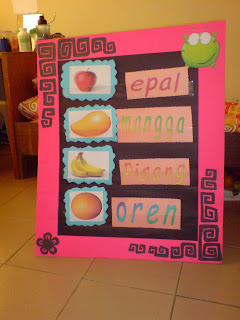Being able to communicate with people is very important. A speech-language pathologist, or speech therapist, is trained in the study of how people communicate; how people learn language, speech, and nonverbal communication; and the disorders that can affect speech and communication and how to treat those disorders. Once diagnosed, the therapist can create a program of speech and language therapy for the patient. Therapy can include stimulation through audio-visual aids, the use of repetitive practice drills, and various physical strengthening exercises. It is hoped that, with diligent work, speech and language therapy will enable the patient to speak clearly and easily communicate with others.
For language issues, the speech therapist may first determine if the patient suffers from a receptive or an expressive disorder. A patient who suffers from an expressive disorder finds it difficult to communicate and share his feelings. Patients who have a receptive disorder find it hard to understand the people around them and have problems interpreting non verbal communication cues and body language.
One type of speech and language therapy that is used to treat language disorders are language intervention activities. Using books, objects, and games, the therapist interacts with the patient by getting him to talk and play. This helps the patient connect certain words with their corresponding object, definition, and/or facial expression.
Speech problems are divided into three main types: functional or articulation, fluency, and resonance disorders. Patients with functional disorders have problems pronouncing certain sounds correctly. A fluency disorder, such as stuttering, is a condition where the speech is interrupted by repetitions, lengthened sounds, and breaks in sound. Those who have a resonance disorder cannot control the volume or pitch of their voice.
Problems with articulating sounds can make it difficult for other people to understand the patient. Speech and language therapy can help eradicate diction issues through articulation therapy. Articulation therapy can be used to aid with all three types of speech disorders. Therapy usually involves exercises that are repetitive drills that focus on how certain sounds are produced. For example, a patient might be asked to repeat drills to work on words with "s," "f," and "sh" sounds, since they are all produced similarly.
Speech and language therapy can also involve physical exercises or oral motor exercises. By exercising the face, mouth, and tongue, the patient may find himself better able to control the muscles in the mouth, thus allowing for greater articulation and fluency. Therapists also find this therapy useful for enticing young children to participate in therapy because they look like they are making silly faces.









